When European colonists first arrived in South America more than 500 years ago they found healthy, well-nourished local populations. There were social nets in place that provided food in times of drought, even in spite of high altitude and extreme climates. The populations knew how to manage forests and planting and their diets and lifestyle kept them healthy. What irony that these days, with all the advances of science, that chronic diseases (such as diabetes, obesity, heart problems) are on the increase year after year!!
Perhaps even more remarkable is that those original populations had so few of the foods the world now knows. In the Americas, there was no wheat, no rice, no beef, no milk, no pork, no chicken, no broccoli, no carrots. The populations were able to supply their caloric needs with corn/maize and a huge variety of tubers and roots. Their animal protein came from guinea pigs, native dogs, llamas, wild animals and fish that they didn´t eat every day. On a daily basis they were vegetarians, eating beans, pumpkin seeds and certain pseudo cereals like quinoa and amaranth for their protein. Even now, in South America most of the population gets plenty of calories and protein in their diets, but what they are missing is what they ate all of those centuries ago, leaves, green leaves
All those years ago, with no pesticides to kill the “weeds”, greens were available freely, to be harvested on a daily basis. Straight from the plant, eaten fresh, all of the micronutrients (vitamins, minerals and antioxidants) were there in abundance. And those were and are the micronutrients that protect us from diseases. Ancient populations had access to them easily; it is we, modern people, who need to rethink how we eat, to be able to take advantage of greens.
When I was asked to work with a great non-profit in Colombia a few months ago, I was shocked that they did not want me to promote vegetable consumption. Often with community members we cook up vegetables in the ways they prepare typically prepare dishes, adding them to their daily traditional foods. But this nonprofit was opposed to vegetables. As a nutritionist, how I could I make this work? Now I understand. They were opposed to vegetables used as a side dish, vegetables from Europe that were not and are not eaten culturally in South America. What I could do was promote greens. So in community work we walk around a family home/farm, discovering and finding many greens that can be picked, prepared and enjoyed. And those same greens promote health, increase defenses, provide fiber, and vitamins and minerals. As we cook together, and then share our creations, we give thanks for the opportunity to eat well and to protect our health.
Photo RGS
Let me share with you some comparison figures of the nutritional value of native greens with those of introduced European vegetables. The local green of watercress in comparison to beets supplies 64 times more Vitamin A, 6 times more calcium and almost 3 times more iron.
Nutritional value of greens and of vegetables as a percentage of daily requirements. (The nutritional values are presented in percentages of daily requirements, considering a diet of 2000 calories and consumption of 100 grams (about 3.5 ounces) of greens or vegetables. )
Don´t get me wrong; I´m not debunking cauliflower or beets – I love them and eat veggies all the time. But what I am appreciating and finding so useful and inviting are greens, especially those that were eaten centuries ago in the Americas!!
In my year-round garden in Ecuador I am able to grow amaranth, Swiss chard, kale and lots more. Since I only have a few plants of each variety, it´s easy to keep them bugless without using any toxic products (other than chile peppers). Seems like I´m an organic grower. In following posts, I´ll be presenting simple, delicious ways to eat greens. Much better than Popeye´s canned spinach!
For more detailed nutritional information on greens, please see my article in Spanish: http://www.allpachaski.com/2015/02/las-hojas-comestibles/




